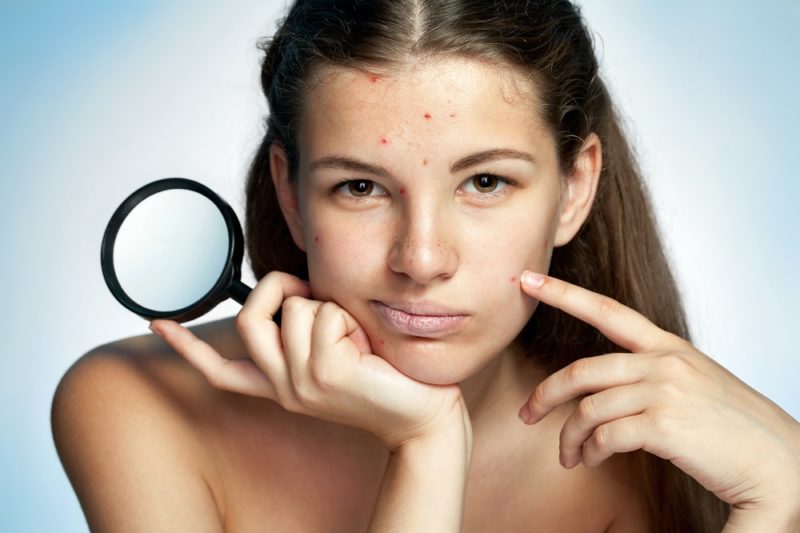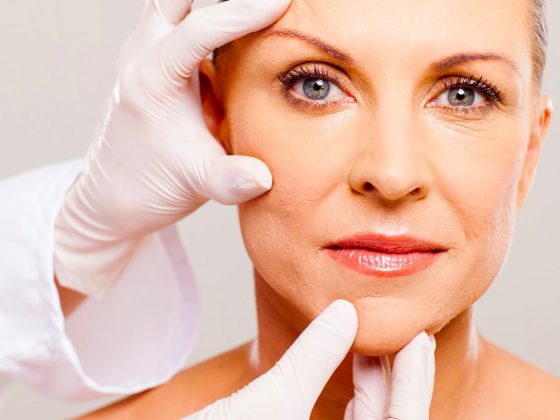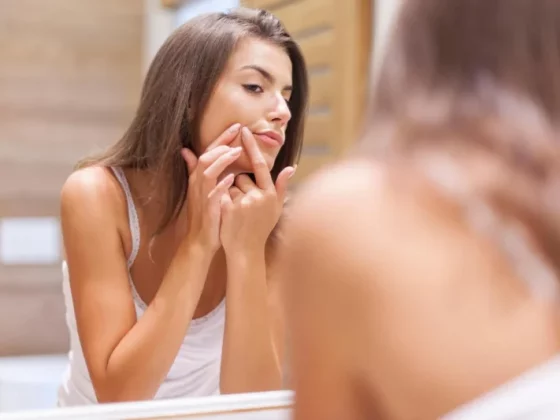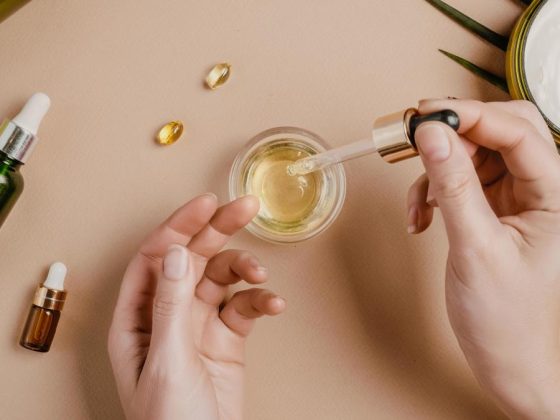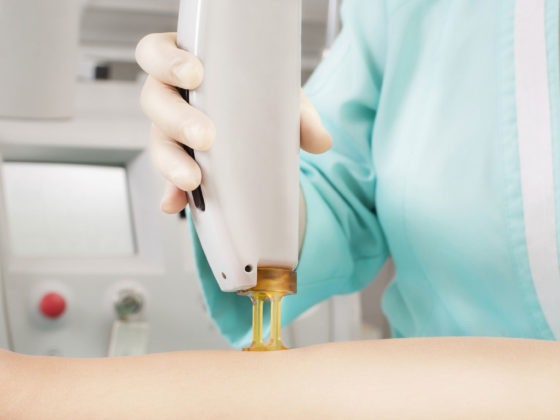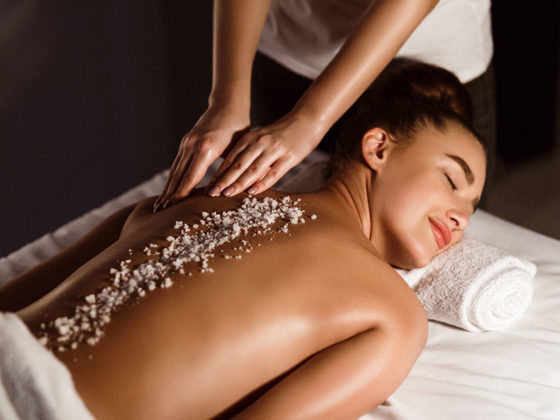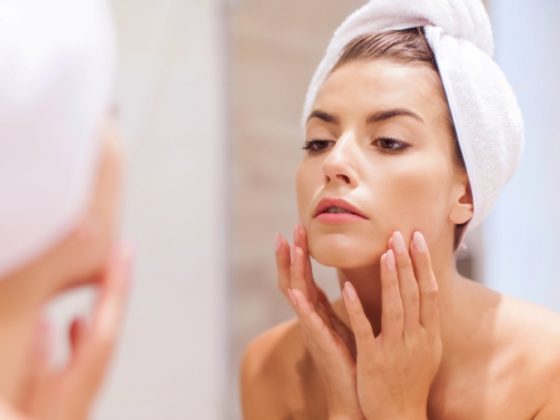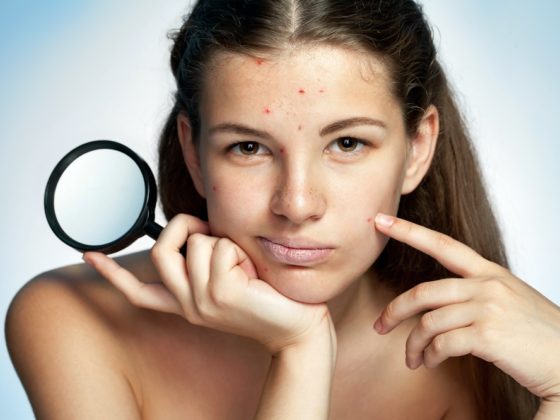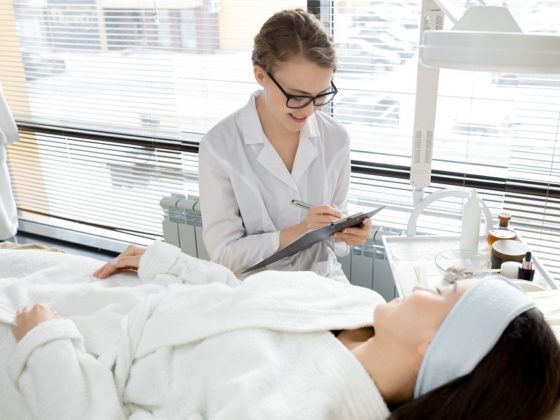We’ve asked the members of our community for the most common questions they’ve encountered as estheticians when dealing with clients that are in their early or late teens. Unsurprisingly, acne and skincare came in as the number one problem among teenagers.
Q: I recently had a mother schedule an appointment for her 15-year-old daughter, who has very oily skin with lots of comedones and pore impactions, as well as chronic breakouts of pimples. What is the best treatment plan for acne-prone skin at this age?
The most important factor in helping teenage clients with acne is making sure they are using a proper home-care program.
At age 15, this will include:
- A rinseable facial wash designed for oilier skin. Usually in gel form, these cleansers traditionally have salicylic acid (1–2 percent) or benzoyl peroxide (2.5 percent) included.
- Find the best AHA and BHA toner that has an alpha and/or beta hydroxy acid to apply after cleansing.
- A gel, lotion, or cream acne treatment with benzoyl peroxide or salicylic acid to be lightly applied all over the face to help loosen impactions and prevent new microcomedones from forming in the follicles. Eye areas should be avoided. This should be used at night and can be added in the morning as well, if necessary, and if the skin can tolerate it. The gel should be applied in five or six small dots across the face and then spread in small circular motions until absorbed. The product should absorb very quickly; if not, the client is using too much product. Individual lesions can be treated after the initial application to the entire face.
- A non comedogenic matte (non-oily) sunscreen to be worn daily.
- A non comedogenic moisturizer that’s lightweight if the skin feels or appears dehydrated.
The teenage client should be carefully instructed how to use each product. Explain the benefits of the regimen so the client gets excited about the end result and understands the importance of home care. It is best if young clients actually use each product while they’re with you so they fully understand the procedure, then write down exactly what they should do for morning and evening home care routines. Finally, explain the 70/30 rule: 70 percent of results come from home care; 30 percent from professional treatments.
Q: What about facial treatments for these teenagers?
Deep-cleansing facial treatments with desincrustation and extraction are great for helping this age group with acne-prone skin, but ideally they should have the first one after using the above regimen for about two weeks. Follicles on this age group tend to be very tight, and performing a facial on an untreated face may be uncomfortable for the client and may not show great results. After using the home-care program for two weeks, comedones should be much easier to extract. Add a soothing ice-cold beauty globe treatment after the extractions to minimize inflammation and redness.
Q: How often should a young client have facial treatments?
Ideally every two weeks until the client is clear, and then monthly thereafter. Blue light LED and alpha hydroxy or light (low-percentage) salicylic peels are also helpful in speeding clearing.
Q: What are the common problems an esthetician may encounter when treating teenage acne-prone skin?
The biggest problem is compliance— making sure that home care is being performed. Some teenagers may be less mature, and they tend to be less compliant with home care.
The tone in which you instruct these clients can make a difference in how they cooperate. They need basic instructions, but talk to them as you would an adult. Teenagers like to think of themselves as adults, and treating them with respect can make a difference in treatment success.
Besides noncompliance, another problem can be overzealous treatment by the teenager. Counteract the “more is better” mantra by explaining that overuse of the product (too much product or using more often than instructed) will not speed clearing; in fact, it may cause redness, peeling, and discomfort. Explain that if the skin is stripped of all the oil, it will react by producing more oil—which will make acne conditions worse.
Educating the client about how acne forms is vital for successful treatment. Make sure the young client understands that the condition is genetic, and having clear skin does not mean she’s cured. Emphasize that failure to continue home care will result in reoccurrence of the problem.
Makeup may or may not be part of a 15-year-old’s world, but if it is, that makeup needs to be carefully selected to avoid comedogenic ingredients that can clog the follicles from the outside and complicate the whole plan.
Working with adolescents can be frustrating, but having the ability to help this age group feel better about themselves and, as a result, build confidence and self-esteem, can be endlessly fulfilling. So, take your time and remember what it was like to be a teen, and you will be well on your way to creating a happy, lifelong client.
References:
- Fulton, J. J., Bradley, S., Aqundez, A., & Black, T. (1976). Non-comedogenic cosmetics. Cutis, 17(2), 344-5.
- Healthy Beautiful. (2019). Take Control of Your Skin – Healthy Beautiful. [online] Available at: https://healthybeautiful.com/ [Accessed 15 Dec. 2019].
- Koo, J. (1995). The psychosocial impact of acne: patients’ perceptions. Journal of the American Academy of Dermatology, 32(5), S26-S30.
